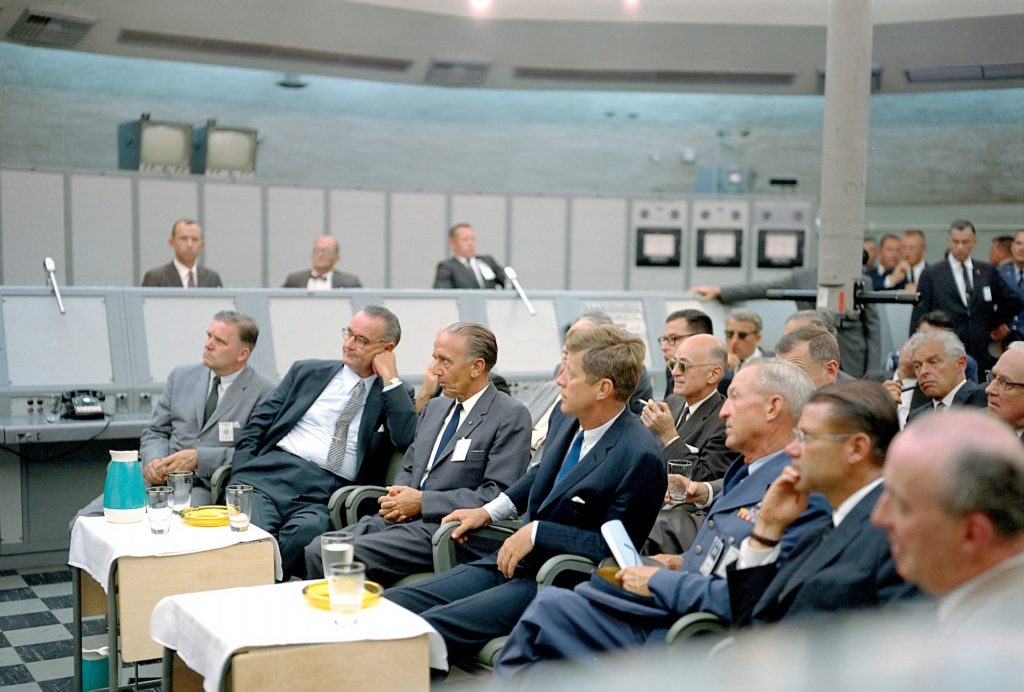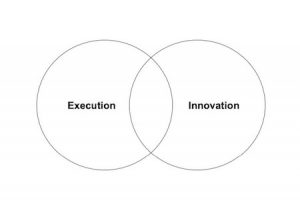
GUEST POST from David Burkus
Our world requires collaboration. Just about every job now requires collaborating on teams and every employee’s calendar is full of evidence of collaboration. In one study, up to 85% of participants’ work weeks were spent working in direct collaboration or a result of collaboration with a team.
But it can be difficult to collaborate with people whose perspectives, preferences, and personalities are different from our own. Still, getting what you want from your work and career requires being a great team player. And if you want to be a leader, you’ll need to be a great team player first. (And really…that will never stop…even leaders often lead in teams.)
In this article, we’ll outline the five (5) essential qualities needed to become a great team player—and offer a few ways to develop those qualities and get them noticed.
1. Capable
The first quality is that great team players are capable. This is a fundamental quality of anyone working, really. You must have the necessary knowledge, skills, and abilities to do the tasks being asked of you. But on teams, it’s just as important to be seen as capable by the other members of your team. The team needs to know they can rely on you—and that when you say you’ll have something completed it will be completed on time and as you said.
Working with teams, the way you demonstrate your capability is two-fold: Do what you say you’re going to do, and don’t say something you don’t know to be true. Over time, keeping these two commitments will demonstrate that you can be relied on—because you are capable.
2. Humble
The second quality is that great team players are humble. While great team players are capable, they also don’t think too highly of the skills and knowledge they have. Great team players don’t think little of themselves, they just understand that the needs of the team come before their own. Humble teammates aren’t fighting for their ideas to be heard all the time or seeking to dominate in debates. Instead, they use their voice to amplify others and contribute the bigger, team-wide wins.
Working with teams, humility is often inferred based on behavior in meetings, whether in-person or virtual. Humble teammates aren’t trying to be the lead role in the meeting, instead they’re often acting as a facilitator ensuring every teammate has a chance to speak. And when they do speak, it’s often to build upon others’ ideas instead of constantly insisting on their own.
3. Helpful
The third quality is that great team players are helpful. The best way to put capabilities and humility into practice is by helping others on the team—not constantly trying to convince others to help you. Great team players are the ones in meetings thinking about what they can contribute and how they can help others get unstuck. At the same time, it’s important to be careful not to over-help and lose the needed time to complete your own commitments.
Working with teams, the easiest way to assess your helpfulness is to audit your calendar. Look at everything scheduled on your calendar last week and compared the appointments that furthered your personal goals versus the appointments that helped others hit their goals. You don’t want helpful appointments to dominate, or even be half and half. But if 25 percent of your calendar is spent helping others, then it’s a safe assumption that they see you as helpful.
4. Flexible
The fourth quality is that great team players are flexible. As teams work to complete projects, changes will happen—pivots are required. All work requires flexibility. But often in the face of change many people respond by becoming more stubborn and insisting even more on their original ideas or plan of action. Great team players serve the team by reading the changes in the environment and helping the plan pivot quickly.
Working with teams, the most common changes that require flexibility often happen around priorities. New tasks get added to the team’s list, or environmental changes reshuffle what is urgent. When that happens, taking the lead to check-in with the team and discuss how changes affect priorities can keep the team more productive and keep you seen as a flexible, but high performer.
5. Purposeful
The fifth quality is that great team players are purposeful. All great teams have a sense of purpose behind their work—they know why their work matters and that keeps them bonded together and motivated to achieve more. Great team players amplify this purpose by becoming a source of supporting stories and constant reminders about that purpose. This includes not just talking about why the work that team does matters, but also how it fits into the larger mission or vision of the organization and why that matters.
Working with teams, the easiest way to reinforce purpose is to share gratitude on a regular basis. But not just any old thank you note. Purposeful gratitude expresses appreciation for the effort someone else put in, but also includes a reminder of how that effort helped serve the purpose of the team. Regularly done, it not only builds camaraderie amongst the team, but it also enhances motivation.
As you review this list, one or two qualities probably stood out as ones you already embodied—but one or two probably stood out as ones you need to work on. That’s true for nearly everyone, and it creates a great plan of action. Get started improving where you need to—and get started getting noticed where you already shine. That will help you not only raise your own performance, but help support everyone else on the team as they do their best work ever.
Image credit: Unsplash
Originally published at https://davidburkus.com on April 10, 2023
![]() Sign up here to get Human-Centered Change & Innovation Weekly delivered to your inbox every week.
Sign up here to get Human-Centered Change & Innovation Weekly delivered to your inbox every week.




 Government organizations seeking alignment between innovation and execution can borrow from this common practice in order to increase confidence in their investment decisions. Recall from the last post that innovation projects are not simply smaller versions of existing programs. Resources are first invested in validating a project (explore). Only after validation are significant investments made in deploying a new capability (exploit). Government leaders feel comfortable making investments in the former, but not the latter. The common risk management approach is simply avoidance, because the rewards of innovation projects seem distant and uncertain. This is magnified in the national security community, where lives are on the line and no-fail missions are prevalent.
Government organizations seeking alignment between innovation and execution can borrow from this common practice in order to increase confidence in their investment decisions. Recall from the last post that innovation projects are not simply smaller versions of existing programs. Resources are first invested in validating a project (explore). Only after validation are significant investments made in deploying a new capability (exploit). Government leaders feel comfortable making investments in the former, but not the latter. The common risk management approach is simply avoidance, because the rewards of innovation projects seem distant and uncertain. This is magnified in the national security community, where lives are on the line and no-fail missions are prevalent. 
